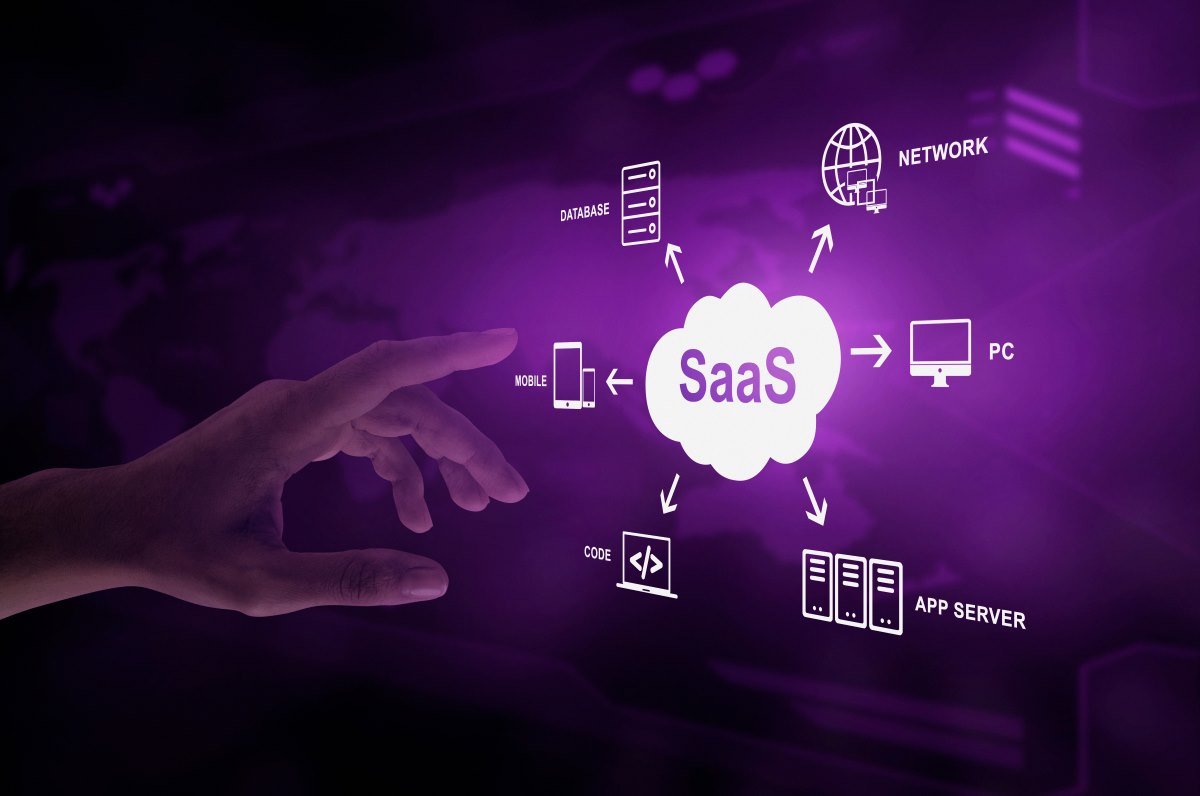
In the rapidly evolving world of technology, Software as a Service (SaaS) has gained immense popularity. SaaS software development offers businesses a flexible and cost-effective solution to meet their software needs.
In this article, we will provide a step-by-step guide to help you understand the process of SaaS software development and how it can benefit your organization. Whether you’re looking for a SaaS software development company or considering IT staff augmentation services, this guide will offer valuable insights.
Table of Contents
SaaS, or Software as a Service, is a software distribution model where applications are hosted by a SaaS software development company and made available to customers over the Internet.
With SaaS, users can access software applications through a web browser without the need for installation or maintenance on their local devices. This model provides businesses with scalable, on-demand access to software functionality, freeing them from the burden of infrastructure management.
SaaS offers several advantages over traditional software development models.
First and foremost, it eliminates the need for upfront investments in hardware and software licenses. This cost-effective approach allows businesses to allocate resources more efficiently.
Additionally, SaaS solutions offer seamless scalability, enabling organizations to easily accommodate growth or fluctuations in user demand.
Moreover, SaaS software development services often provide regular updates and maintenance, ensuring that businesses have access to the latest features and security enhancements without any additional effort.
Before embarking on the journey of SaaS software development, it’s essential to evaluate whether your company is ready for this transition. Consider the following factors:
SaaS software development services offer businesses a range of benefits, including cost-effectiveness, scalability, and reduced maintenance efforts. By carefully assessing your readiness, defining requirements, choosing a suitable SaaS software development company, and following a step-by-step approach, you can successfully develop and deploy a SaaS solution that meets your organization’s needs. Embrace the power of SaaS to drive innovation, streamline operations, and propel your business forward in the digital era.
London is a cultural mosaic with great history and indulgence, so how can it be…
Are you searching for the best place to shop for Indian sarees in London? London…
Small businesses often find it difficult to navigate the UK banking landscape. There are so…
In the complex world of property finance, mortgage advisors are indispensable allies for anyone looking…
In the fast-paced world of the digital age, marketers often search for the next "big…
If you are a newly self-employed entrepreneur or freelancer, then chances are you’ve not even…